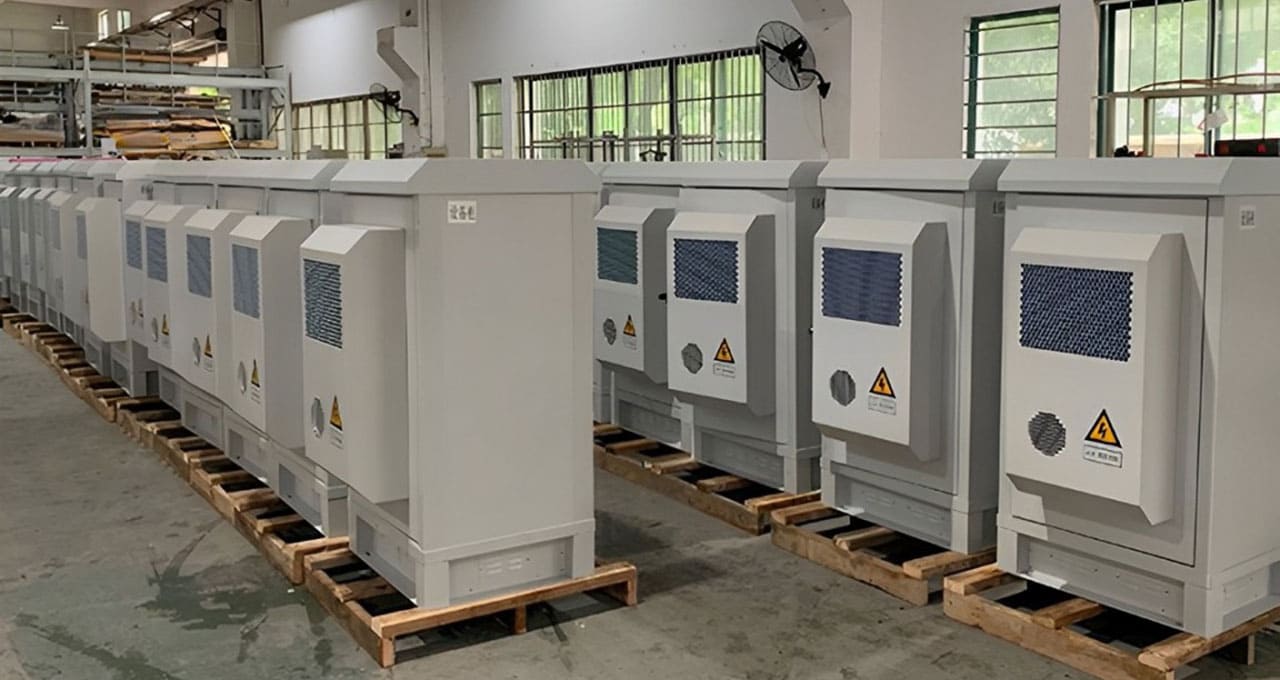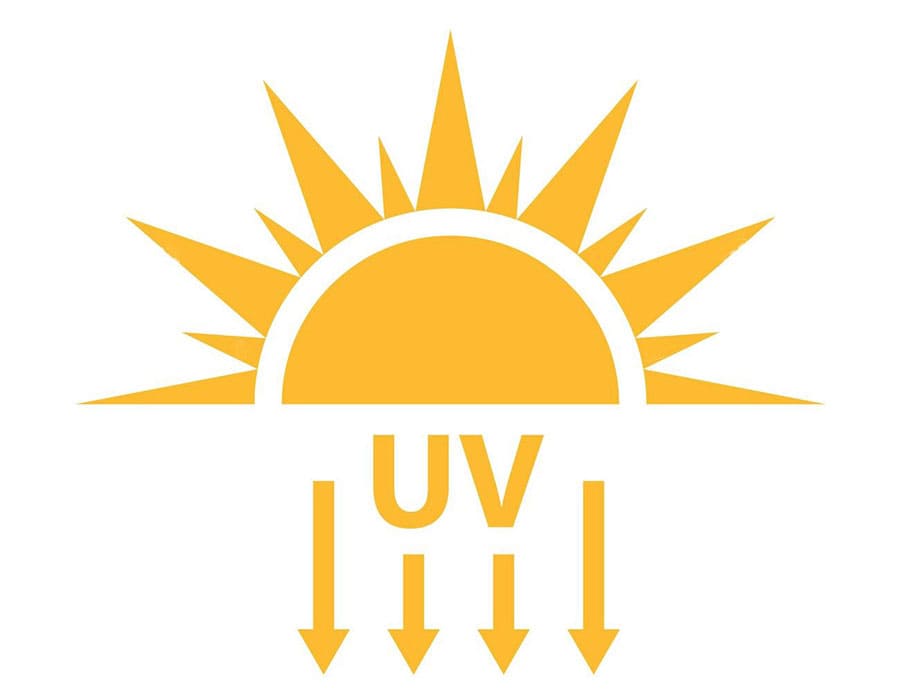
Abstract: Due to its diverse use environments, Outdoor Electrical Cabinets are more complex and harsher than indoor cabinets. In order to ensure that the cabinet comprehensively. In the structural design, it is necessary to comprehensively consider the various climatic conditions on site, consider the corrosion resistance,UV resistance,waterproof and dustproof effect and heat dissipation of the equipment shell, so as to ensure the electrical performance of the cabinet. This article discusses the key points of the structural design of the Outdoor Electrical Cabinet Detailed analysis, hoping to provide some reference for the structure design of Outdoor Electrical Cabinets.
Key Words: Outdoor Electrical Cabinet; Waterproof and dustproof; Structural design; Grounding system
Introduction
In recent years, with the increasing use of automated and intelligent electrical equipment in power systems, the number of Outdoor Electrical Cabinet devices has also increased. These include switchgear cabinets, variable frequency cabinets, communication cabinets, distribution cabinets, and various power monitoring equipment. The structural design of Outdoor Electrical Cabinets directly affects whether the equipment can be quickly and reliably installed on-site, whether it can operate stably over the long term, and whether subsequent maintenance can be convenient and efficient. Pursuing more reasonable, practical, and adaptive designs for Outdoor Electrical Cabinet structures has become an inevitable trend for the future. When designing Outdoor Electrical Cabinets, it is generally necessary to consider various factors such as the operating environment, safety, electromagnetic compatibility, and protection levels.
1. Impact of Environmental Factors on Outdoor Electrical Cabinets
Different operating environments require different design solutions. In outdoor environments, there are multiple influencing factors, and it is essential to consider all conditions comprehensively rather than focusing on a single aspect.
1.1 Impact of Ultraviolet Rays
Outdoor Electrical Cabinets, which operate long-term in outdoor conditions, are subjected to prolonged UV exposure, which can cause discoloration or even peeling of the metal surface coating. To enhance the UV resistance of the cabinets, electrophoresis with special outdoor powder coating can be used. UV radiation can also increase the internal temperature of the cabinet, affecting equipment operation if the temperature becomes too high. Therefore, heat dissipation and temperature control functions should be enhanced in the cabinet design.

1.2 Impact of Temperature
Excessive temperatures can accelerate the aging of electrical insulation, reducing the equipment's lifespan and rated current. Studies show that for every 10°C increase in temperature, the lifespan of electronic components is halved. High temperatures can cause thermal breakdown of semiconductor components or performance degradation, leading to equipment malfunction. Common cabinet cooling methods include forced air cooling, heat exchanger cooling, and air conditioning. When designing the structure, on-site conditions and budget should be considered to select the appropriate ventilation and cooling method.
1.3 Impact of Humidity
High humidity can decrease the insulation performance of electrical equipment and even cause major electrical accidents. Ideally, humidity should be kept below 60% and not exceed 80%. Installing air conditioners with dehumidification modes inside the cabinet or using industrial dehumidifiers for automatic dehumidification are common solutions. The surface treatment of the cabinet should also focus on corrosion resistance, using techniques like electroplating, oxidation, baking, or powder coating.
1.4 Impact of Rain
Heavy rainfall can damage electrical equipment by compromising its insulation, leading to equipment failure or even posing a threat to personal safety. Structural designs should consider the cabinet's waterproof rating, ensure proper sealing, and adopt measures to prevent water seepage. Effective installation methods and anti-flooding isolation measures should also be employed.
1.5 Impact of Dust
Outdoor Electrical Cabinets exposed to long-term dust accumulation may experience reduced insulation performance in electrical components and damage to electronic components. Dust can also affect the cooling system's performance, leading to equipment failures. Structural design should include dust prevention measures, such as installing appropriate filters at air intake and exhaust points, while ensuring periodic maintenance and replacement of the filters.
1.6 Impact of Salt Spray
Salt spray is a critical factor for Outdoor Electrical Cabinets installed in coastal areas. It can corrode metal structures and circuits, leading to equipment failure. The structural design and material selection should prioritize corrosion-resistant materials such as stainless steel or galvanized and coated steel. Cabinets should be sealed to prevent salt spray from entering and causing damage.
2. Dustproof and Waterproof Structural Design of Outdoor Electrical Cabinets
For Outdoor Electrical Cabinets, sealing performance is crucial to prevent environmental damage. According to the standard "Protection Levels of Enclosures (IP Code)", it is recommended that the dustproof and waterproof rating of Outdoor Electrical Cabinets should be at least IP55. This level means that while some dust may enter the cabinet, it will not affect the safe operation of the equipment, and water sprayed from any direction will not have harmful effects.
3. Grounding System Design for Outdoor Electrical Cabinets
Effective grounding can protect equipment, ensure personal safety, and provide shielding against lightning and static electricity. Cabinets should include grounding busbars for both protection and signal shielding. All electrical components and metal parts should be connected to the grounding busbar to ensure continuous electrical grounding.
4. Electromagnetic Shielding Design for Outdoor Electrical Cabinets
With the growing use of outdoor electronic equipment and the increasing electromagnetic interference, designing cabinets to avoid electromagnetic interference (EMI) has become essential. Shielding materials should be chosen based on the frequency of interference. For low-frequency interference, ferromagnetic materials are effective, while conductive materials are suitable for high-frequency interference.
5. Conclusion
The structural design of Outdoor Electrical Cabinets should not only focus on aesthetics, durability, and ease of installation and maintenance but also consider resistance to vibration, corrosion, and electromagnetic interference. Additionally, the design should meet dustproof and waterproof standards. Only by considering these factors comprehensively can safe, reliable, and customer-suitable products be designed, ultimately improving production efficiency and driving business growth.













